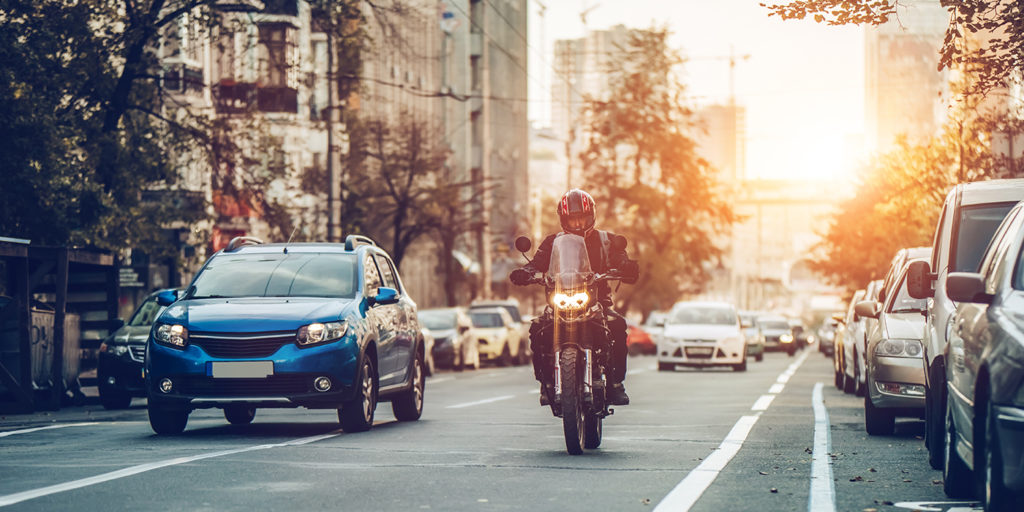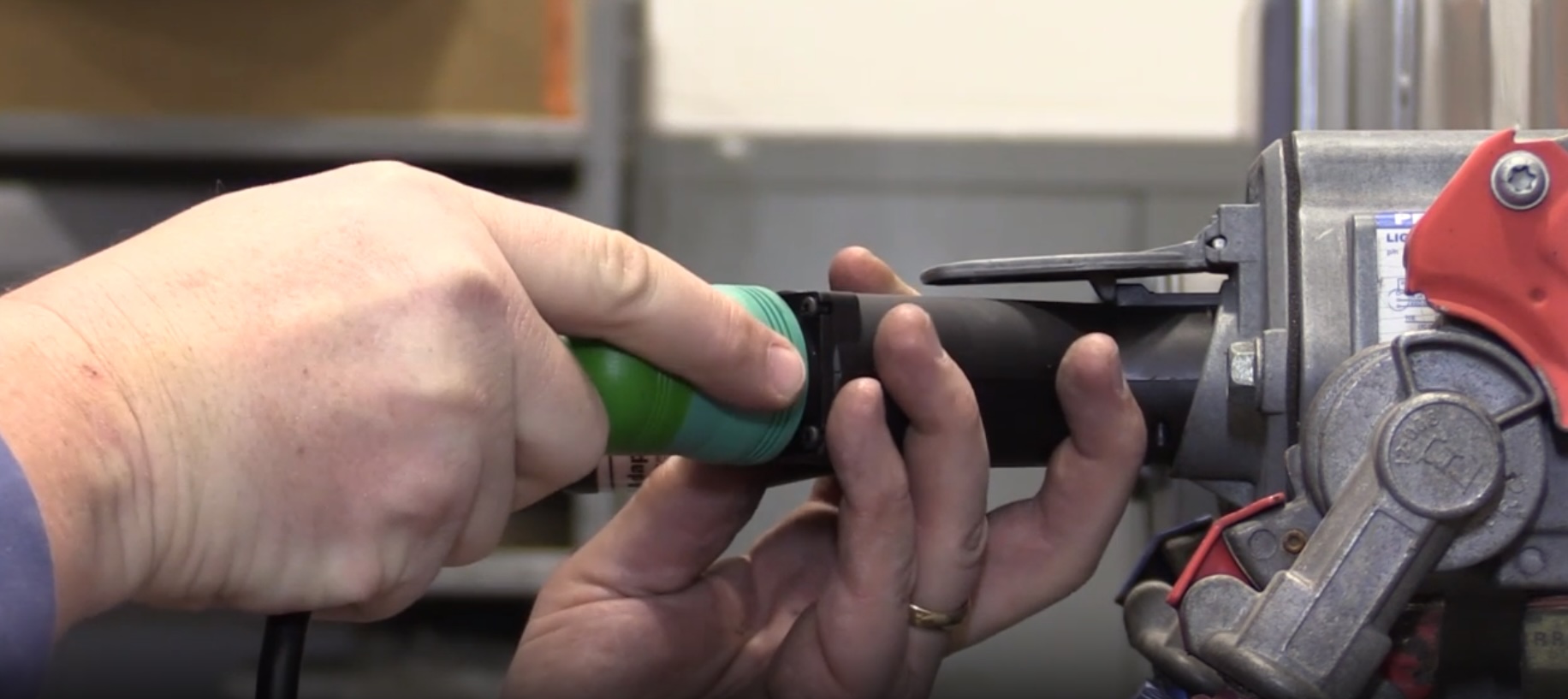The year 2020 forced humanity to change many of its habits for the foreseeable future – and how we move around is one of them. The U.S. public transit and automotive industries suffered a 47% dropoff in car sales in April, and Europe’s sales dropped 80%, according to a McKinsey report. On top of driving consumers to spend more frugally, the novel coronavirus has forced many to be weary of crowded spaces, especially public transit. As a result, people have been seeking alternative modes of transportation that don’t conflict with their fears about the coronavirus and bear a lighter price tag.
Mobility stunted in the COVID-19 era
Much like other entities in the private and public sectors, global public transit suffered losses around the world in March and April, as ridership dropped significantly in many countries. In the U.S., Bloomberg reported in late March that New York experienced a 60% drop in public transit use, while San Francisco experienced a 90% drop in its light rail use. CBC reported that just north of the border, Canadian communities saw an 83% drop-off in transit demand, and across the Atlantic, France’s metropolitan city of Lyons experienced a drop-off of 92% transit use.
Trends like these across the globe echoed the COVID-19 fears of the population that public transit was a no-go zone. At one point during the first wave, the CDC and UK government released statements and documents advocating for citizens to refrain from traveling aboard public transit.
In light of warnings from authorities and safety concerns, passengers started to look elsewhere to get around, naturally. Once public transit became nonviable, everything else in between cars and buses became more appealing. Americans even turned increasingly to bicycles as a micro-mobility solution over using public transit. Bike retailers in the U.S. saw 50% more bike sales in April, when the pandemic’s first wave started accelerating. Despite the viability of bicycles, manually-powered two-wheelers weren’t going to be enough for many commuters and intra-city motorists. Enter motorized two-wheelers.
From four-wheel fears to two-wheel mobility
Despite the motorcycle industry losing an estimated seven million motorcycle sales in 2020, a number of periodic spurts in two-wheeler registrations in numerous countries suggests that two-wheelers became viable, less costly alternatives to public transit.
Bloomberg reported that the UK saw a 31% jump in motorcycle registrations in September 2020 compared to 2019 figures and that in the U.S., “motorcycle companies reported their strongest sales in several years.” China and other fellow European states—Germany, Austria and Netherlands— also experienced the same kind of boost in two-wheeled motorized vehicles in May year-over-year from 2019 to 2020. The demand rose so much at one point that original equipment manufacturers (OEMs) didn’t have quite enough support staff to keep up with the unexpected demand. And it will likely surge in the coming years. World Motorcycle Data anticipates that the market will recover and reach 70 million in sales by 2025.
But for all the interest in two-wheelers, consumers will have legitimate safety concerns.
COVID-19 safety is one thing, motorcycle safety is another
The reputation that two-wheelers are more dangerous has plenty of merit. After all, motorcycles around the world have accounted for around 28% of all fatal road accidents, according to a 2018 WHO report. In the U.S., a Governor’s Highway Safety Association’s 2017 report shows that, per mile driven, motorcycle crashes have a fatality rate 28 times higher than traditional passenger vehicles. And the number of fatal motorcycle accidents in the country from 1994 to 2016 has doubled. But institutions can create change by understanding where the problems lie.
Typically, riders’ attention is usually focused on the road, but they might miss very critical road conditions or traffic details or indications that aren’t in their vision. To complement their senses, riders require extra alerts to bring to their attention potential road hazard outside of their field of vision. Technology is the clear answer to deliver more awareness, but companies don’t offer built-in solutions.
Car safety products, like Mobileye for example, which add an extra dimension of driving awareness are readily available everywhere for car drivers, but are the same kinds of products available to two-wheeled vehicle riders in the same capacity? Not yet, because the technology requires engineers to account for more intricacies, because factors considered in mapping out the surroundings of a two-wheeled vehicle on the road are far more complex. For example, four-wheeled vehicles don’t tilt or lean with shifts in weight; they don’t vibrate nearly as much; and they have stronger braking mechanisms. Motorcycles, and similar types of vehicles, do. But solutions are in the works.
While technology can solve some of the problems, government institutions must work to improve upon existing testing and training norms to ensure that riders are better prepared before hitting the road. Many two-wheeler schools only teach basics in vehicle control and don’t provide comprehensive enough training in road awareness and handling high-traffic situations. Worse, agencies in some countries hand out licenses with low testing standards, putting inexperienced, poorly trained riders on the road too soon. The consequences are sometimes fatal.
Furthermore, governments should work with private institutions, such as motorized two-wheeler manufacturers, to financially incentivize incorporating ride safety technology. Both should also collaborate with insurance companies to encourage incentivization of riders to purchase safety equipment—the same way four-wheeled vehicle drivers receive discounts for integrating safety tech. Combined, both better rider education—such as Norway’s student-focused motorcycle safety education program—and encouragement to use tech would provide a major boost to riders around the world.
Although COVID-19 has delivered a harsh blow to the economy, two-wheeled vehicle manufacturing and sales have been one of the few sectors that has managed to mitigate the crisis. Now that there are more riders on the road, the public and private sectors must cooperate on creating the infrastructure to protect the new wave. It’s time to add another layer of safety.
This article first appeared on Motorcycle & Powersports News, a sister media property to Tomorrow’s Technician.



